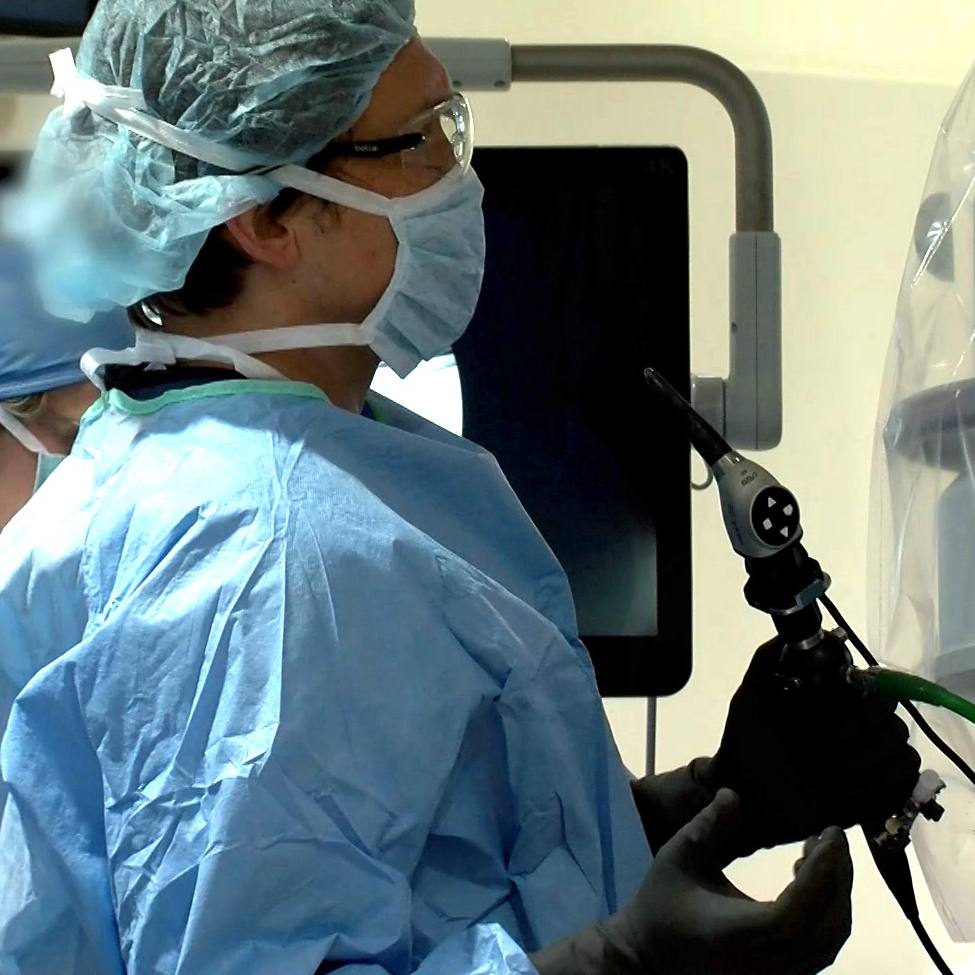Common sports injuries like ligament tears or sprains can sideline athletes for weeks or even months. Often it can seem like elite athletes bounce back quickly from injury. In this Mayo Clinic Minute, Dr. Kelechi Okoroha, a Mayo Clinic orthopedic surgeon, explains what everyday athletes can do to speed up their recovery process after injury or surgery.
Watch: The Mayo Clinic Minute.
Journalists: Broadcast-quality video (0:59) is in the downloads at the end of this post. Please "Courtesy: Mayo Clinic News Network." Read the script.
Elite athletes tend to return to play faster after an injury than everyday athletes. Just ask Dr. Okoroha, who works with professional athletes and knows what factors they have working in their favor.
"They have very high motivation. They want to get back to their sport. Often it's their job, so you have to get back to that quickly," says Dr. Okoroha. "They're in better shape than the common-day athlete, their muscles already pretrained, and it's easier to recover."
While it may be unrealistic to think the average athlete can bounce back as quickly, Dr. Okoroha says there are steps anyone can take to aid in their recovery process.
"Sleep and nutrition are very important. Sleep plays into a factor of fatigue. If you're tired, you can have poor mechanics, and then you always want to make sure you optimize your nutrition."
If an athlete is recovering from an injury that required surgery, physical therapy plays a huge role.
"We do the surgery, and we stabilize the ligaments and repair the tissues, but physical therapy is just as important in getting patients back to sport. I tell them (my patients) that you have to make sure you're adequately going to physical therapy two to three times a week, and they kind of guide your process in terms of recovery," says Dr. Okoroha.
____________________________________________
For the safety of its patients, staff and visitors, Mayo Clinic has strict masking policies in place. Anyone shown without a mask was either recorded prior to COVID-19 or recorded in a nonpatient care area where social distancing and other safety protocols were followed.
Related Articles







